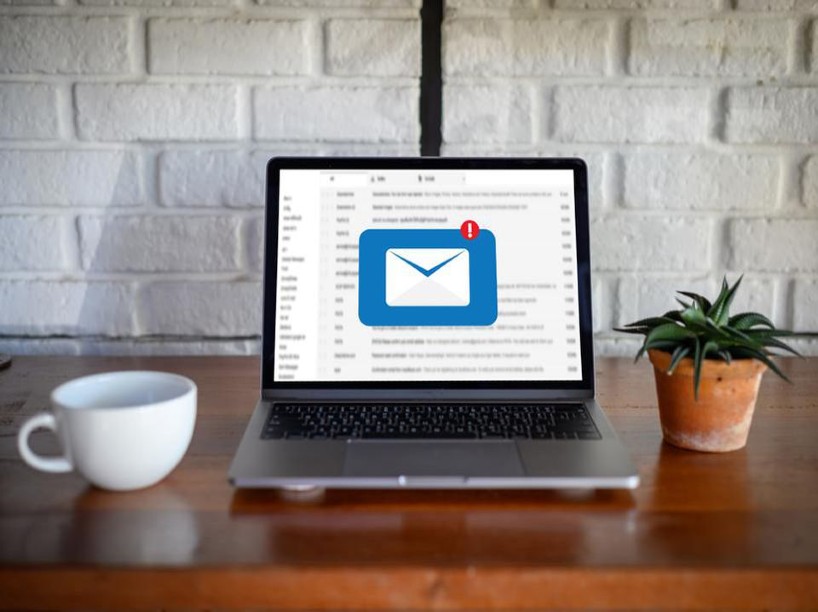Writing an Effective Email
With a typical employee reading and sending hundreds of emails in an average week, you want to make sure your message is actually going through. A good email should be clear, concise and collegial. Above all, you should have a solid idea of what to do after receiving it, not more questions.
So how can you write better emails in the workplace? We’ve created a short guide to help you improve email communication in your organisation.
Subject line
With your employees receiving so many emails every single day, important messages can get lost in the mix. The subject line is where you need to grab their attention.
Make sure that the subject line matches the topic of your email; it makes it easier to find, especially if your recipient needs to refer back to it later. It also clarifies your purpose from the very start, allowing the reader to set their expectations,
If there is an important deadline or date, include it in the subject line. ‘Sales Meeting March 29th’ or ‘March Monthly Report’ stand out a lot more than simply ‘meeting’ or ‘report’.
If the email is part of a ‘thread’ or email trail, make sure to change the subject line when the topic has changed. Again, this will save everyone time understanding what the email is about and finding it back when needed.
Structure
Structure is key to speeding up the email process; once you know exactly what should go in an email, the pieces come together pretty quickly.
At TrainEQ, we use the SPIT method:
- Soften your tone
- Put your point first
- Information delivery
- Take action now
Soften your tone
As a written format, a lot can get lost in translation. Words that you think are perfectly innocuous can cause conflict or tension if misconceived.
That’s why it’s important to start your email off on the right foot. This step is all about building rapport, opening your email with friendly greeting — ‘Hi’ is the simplest, and most effective — and an interest in the person (e.g: ‘Hope you had a good weekend,’ ‘Hope you’ve been well’).
This can help to offset any potential tonal issues, establishing friendly and polite correspondence from the start.
Put your point first
Your reader should be able to tell almost instantly what it is you are talking about in the email. Make sure your include this early on, as it will frame the way that they interpret the rest of your message.
Try to use as simple and concise of wording as possible — this is the crux of the email, and you really don’t want a misunderstanding here.
Information delivery
Once you’ve conveyed the main message, you need to give your recipient all the information they’ll need to act on it.
It’s best to keep information to only the most relevant — don’t try and load all of your queries into a single email, as this can make the reader lose focus. In a similar vein, your reader may not need all the details to take action. In this case, only include what they need to know to fulfill their role.
Take action now
If you want a colleague or employee to do something, don’t imply or assume they’ll do it — ask them.
Ending an email with a simple, ‘Can you have this back to me by Friday COB?’ or ‘Please let me know if this time works for you’ prompts the next step and gets things going.
Send
Before you hit ‘Send’ make sure you give the email a proofread. Think about your choice of words, punctuation, sentence length — what does it say to your reader? Is it possible that the email could be interpreted any other way?
It’s also important to look for any typos or mistakes that will obscure your message or undermine your professionalism. Take another few seconds to make sure your email is airtight — it will be worth it to avoid any easy mistakes or misunderstandings!
Want to equip your employees with the skills they need to write better emails?

